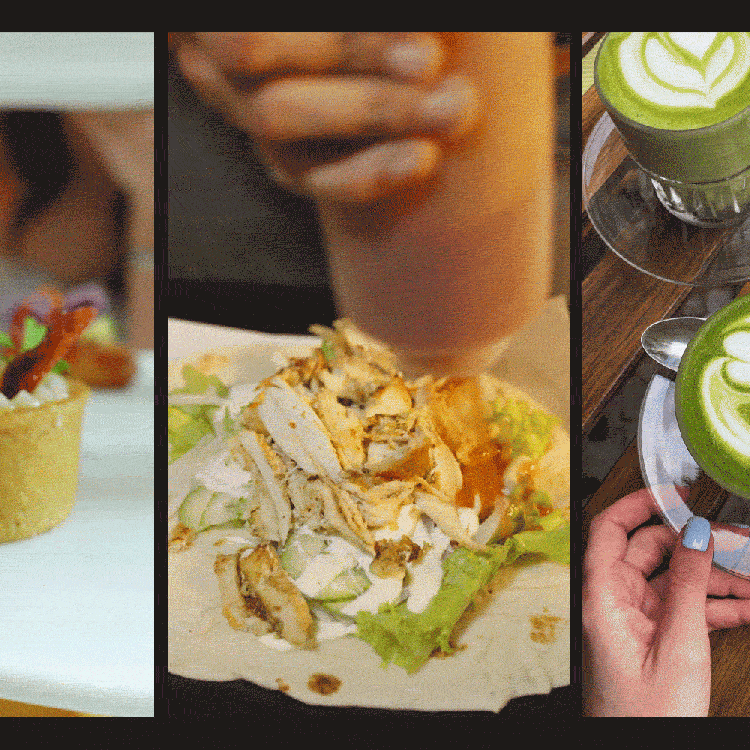What can lead to two nations coming to an impasse? Military conflicts and espionage, certainly. The possibility of hackers sponsored by one government interfering in the affairs of another? Definitely. But an ongoing conflict between China and New Zealand has, at its root, a more seemingly modest entity: the fruit that’s known to some as the kiwifruit and to others as the Chinese gooseberry.
At The Guardian, Tess McClure has a breakdown of why these two countries are feuding over a small, tasty fruit.
The roots of the conflict — no pun intended — can be found in a disease affecting kiwifruit called PSA. It managed to run rampant over kiwifruit in New Zealand, jeopardizing a significant crop for the nation. A group of growers joined forces to research a new strain of fruit which would be resistant to the disease.
What they came up with was known as Gold3 — also known as Sungold — and it fit the bill perfectly. McClure describes it as “robust and attractive on the shelf, sweet with a pleasant tang, rich in vitamin C, cheap and plentiful to grow.” Eventually, however, this variant spread to China — which drew the ire of the agricultural cooperative Zespri, which claimed ownership of the variety of fruit it had invested so much in.
Complicating matters is the fact that, despite one of its names, the kiwifruit did not originate in New Zealand. Instead, the plant has its roots in China; it first came to New Zealand in 1904. It could be seen as a case of something coming full circle — but for the farmers and governments on both sides of the debate, there’s no easy solution to this dilemma.
Thanks for reading InsideHook. Sign up for our daily newsletter and be in the know.


















